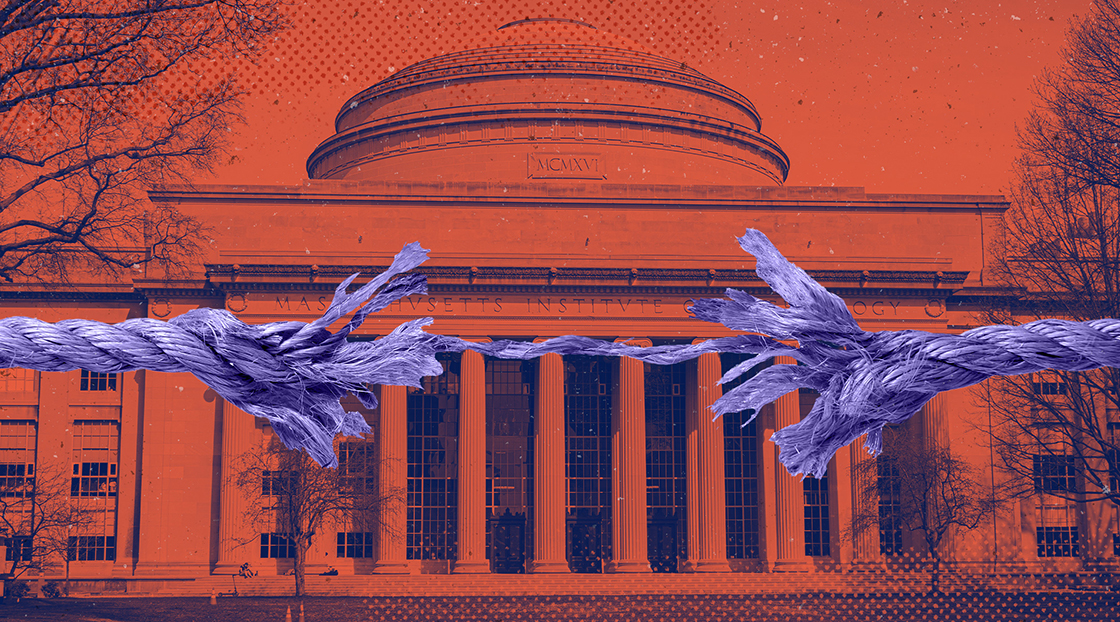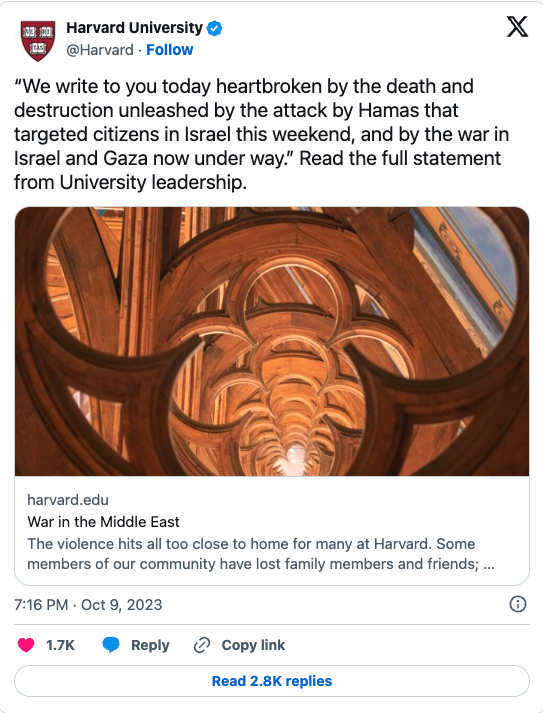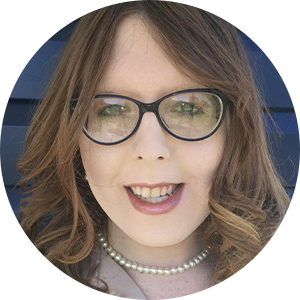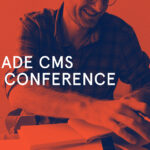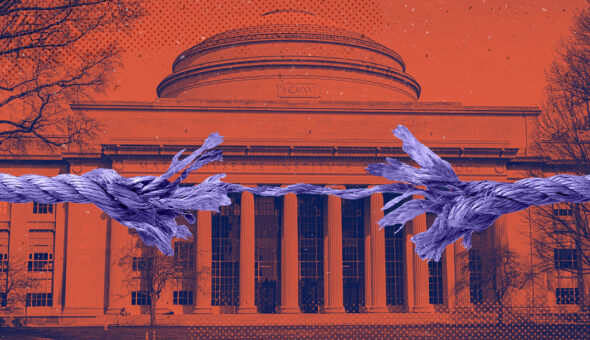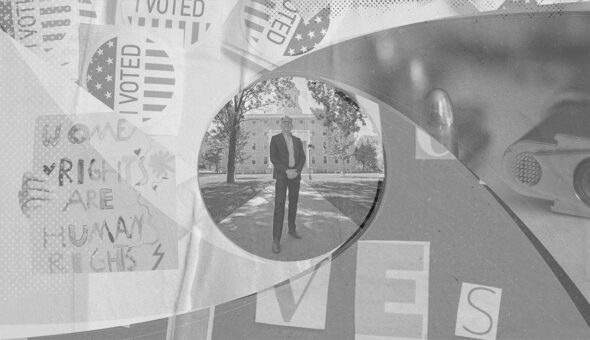The Consequences of Speaking Out
Dr. Drumm McNaughton, a former administrator and current higher ed consultant with expertise in leadership, explained that making a statement about a controversial issue isn’t going to immediately solve an institution’s problems.
“Given the politics, you’re never going to make everyone happy, especially now,” he said. “You’re going to always have criticism.”
Schmiemann agrees with McNaughton, noting that institutions can be criticized no matter what they say or don’t say when wading into the public discourse surrounding politics and civil liberties given the unpredictability of their audiences.
If he was still chancellor and was compelled to make a statement, Kirwan anticipates he would keep the focus on the pain and suffering and loss of life that is being experienced.
“Keep the remarks not about who’s right, the Palestinians or Israel, but about the loss of human life and the importance of respecting human life and dignity,” he said.
“Many institutions are also dealing with conflicting viewpoints and demands,” she said. “Speaking without education and historical context, not having the right people in the room when you are crafting your statement, opting not to engage at all and missing the mark on tone are all common risks and pitfalls we see with regard to public relations risks facing institutions choosing to speak or remain silent on the situation right now.”
The potential consequences associated with speaking out, including the content of the statement and the decision to speak out, should be top of mind when making statements, Parell stressed.
“Could the consequences include issues on campus, discontent, a protest or calls from unhappy board members or donors? Perhaps even financial impact from problems with student recruitment or retention…of course fundraising and grants,” she said. “How are they going to navigate those consequences if they occur?”
Dr. William Kirwan, chancellor emeritus of the University System of Maryland, is skeptical of university presidents speaking out on such issues.
“I think it’s a very, very slippery slope and can get presidents in a lot of difficulty,” he said. “If you speak on some issues and don’t speak on others, that’s speaking also.”
Additionally, as most leaders come to their positions because they’re subject matter experts in a particular field, he cautions them against speaking out on issues with which they aren’t as familiar.
“What does it mean for them to speak out on issues where they don’t have deep knowledge and expertise? It doesn’t have any impact on anything,” Kirwan said.
If presidents decide to speak, he noted, they should make sure they have all the facts to prevent a loss of credibility. He pointed to the suspension and eventual firing of former Northwestern University football coach Pat Fitzgerald as being mishandled by the president, characterizing it as “not a show of strength.”
